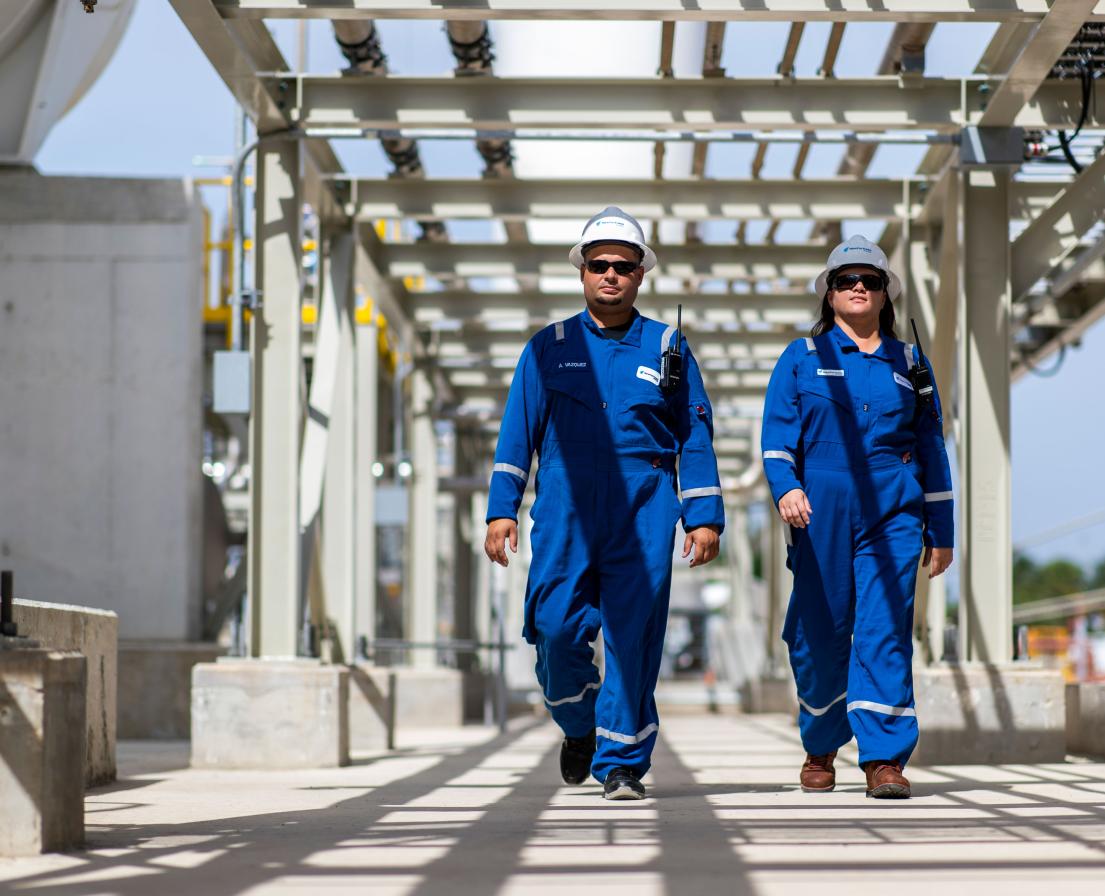What is LNG:
introduction to liquefied natural gas
LNG CASE STUDY
Learning about LNG
Learning about liquefied natural gas (LNG) comes naturally with this quick primer on this cleaner, more efficient, and more affordable alternative to oil and coal.
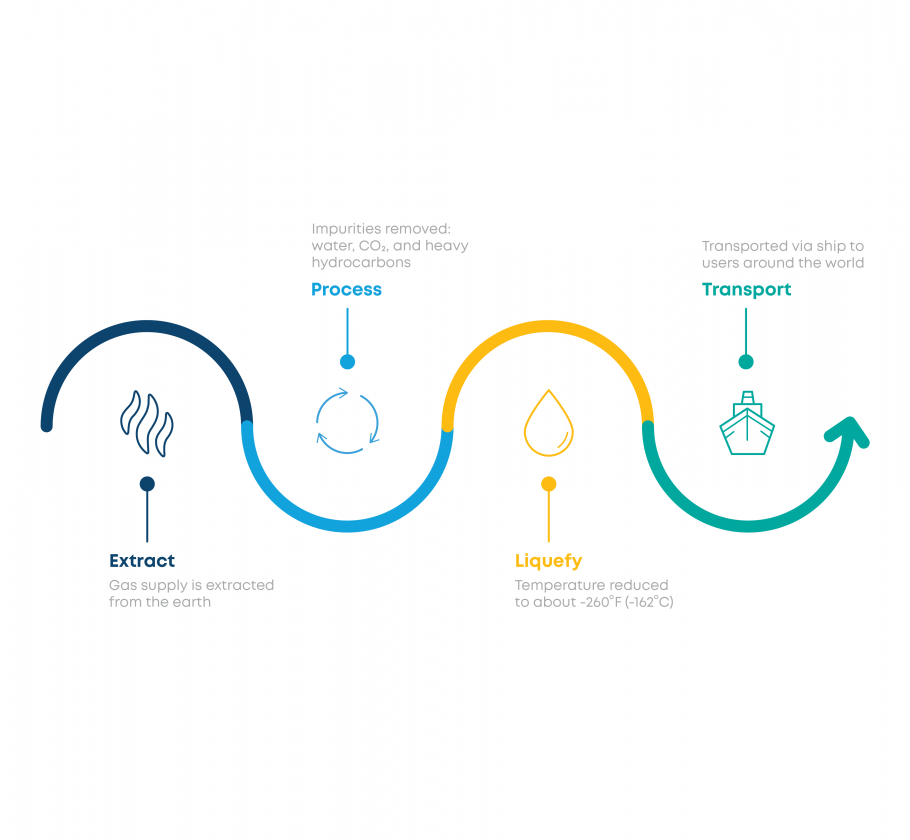
Develop a strong
chemistry with LNG
What is liquefied natural gas (LNG) and what is LNG used for? Liquefied natural gas (LNG) is primarily made up of methane and is currently sourced from countries including Canada, China, Norway, Russia, and the United States.(1) After natural gas is extracted in its gaseous state from rock formations below the Earth’s surface, it’s cooled to roughly -260° Fahrenheit (-162°Celsius), which changes it to a liquid state. The cooling process also removes impurities such as water, carbon dioxide (CO2), nitrogen, sulfur, and other hydrocarbons so they don’t damage downstream facilities and/or freeze the gas instead of liquefying it.
Fun Fact: Commercial production of liquefied natural gas (LNG) began in the U.S. in 1917.
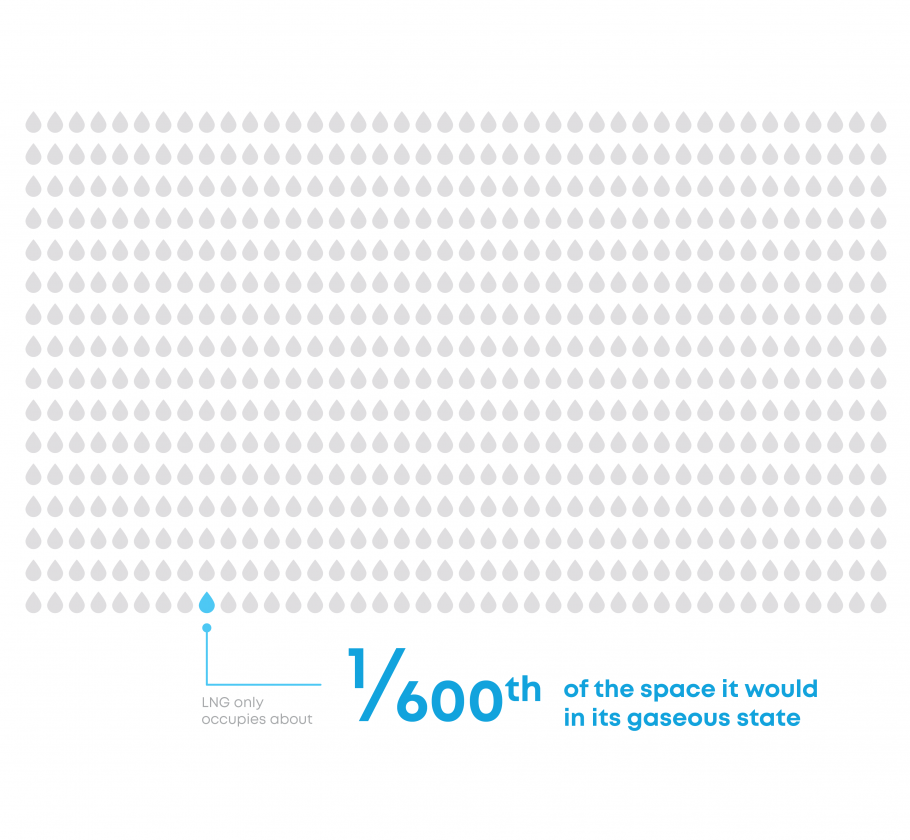
Make something out of
(apparently) nothing
What is liquefied natural gas (LNG)? Liquefied natural gas (LNG) is perhaps best-known for the traits it doesn’t have: it’s odorless, colorless, non-flammable, non-corrosive, and non-toxic.
Fun Fact: Liquefied natural gas (LNG) only occupies about 1/600th of the space it would in its gaseous state.
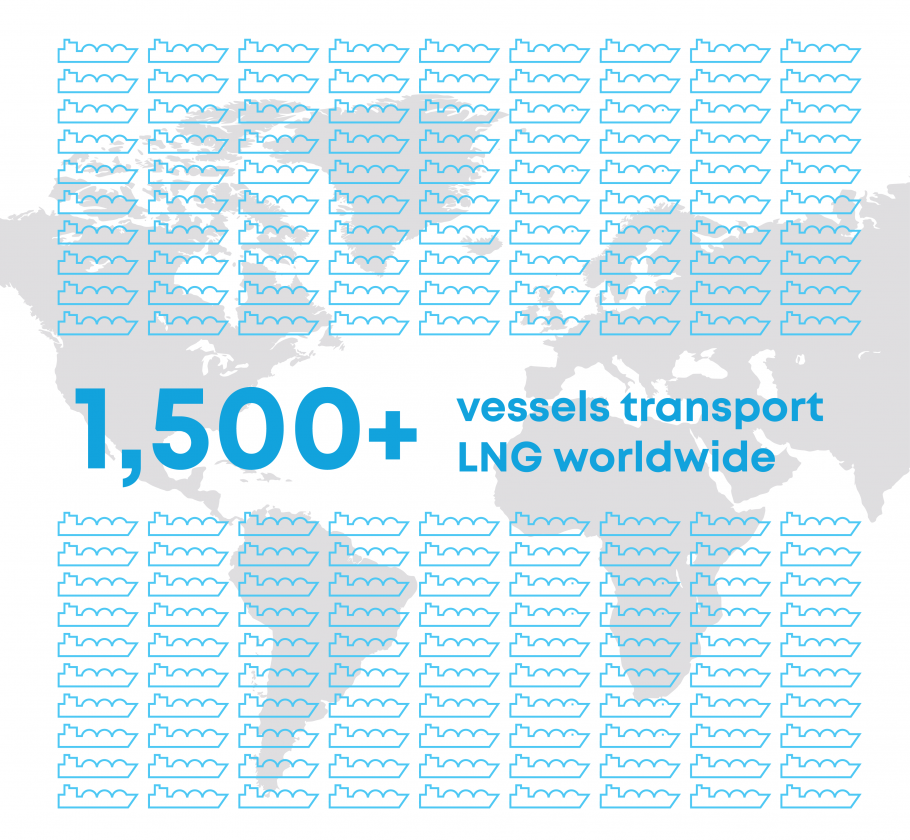
Set sail with LNG
How is liquefied natural gas (LNG) transported? Because it’s so much denser than its gaseous form, liquefied natural gas (LNG) takes up much less volume. That makes it easier for specially designed, refrigerated ships to store and transport liquefied natural gas (LNG) to users at ports throughout the world, where it can be re-gasified and distributed through pipelines to keep the power flowing. Western Europe, North America, and northern Asia currently have the most developed pipeline networks for liquefied natural gas (LNG).1
Fun Fact: liquefied natural gas (LNG) has covered more than 100 million miles since it began traveling in bulk quantities by tankers in the 1960s – that’s nearly 4,000 times around the earth!2 Today, more than 1,500 vessels transport liquefied natural gas (LNG) worldwide.(3)
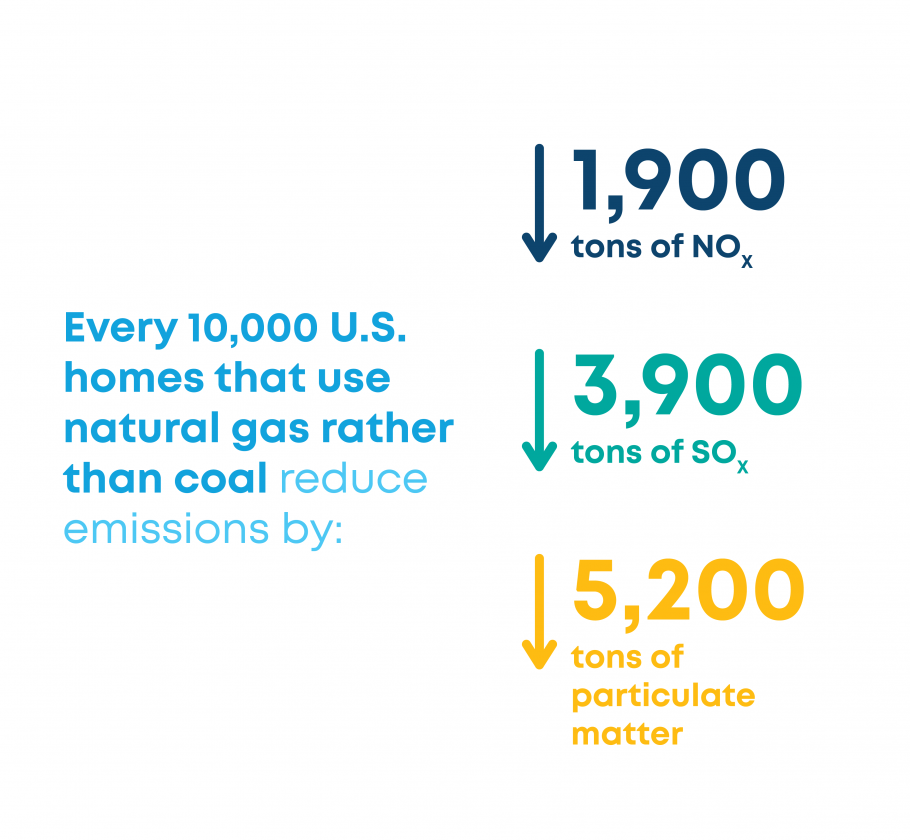
Clear the air with LNG
Compared to traditional fuels such as oil or coal, using liquefied natural gas (LNG) sends less nitrogen oxide (NOx), less CO2, nearly no sulfur oxide (SOx) or fine particulate matter, and fewer emissions overall into our environment.(4) Indeed, according to the U.S. Department of Energy, for every 10,000 U.S. homes that use natural gas rather than coal, 1,900 tons of NOx, 3,900 tons of SOx, and 5,200 tons of particulate matter per year are prevented from reaching the air we breathe.(5)
Fun Fact: Liquefied natural gas (LNG) produces 25% less CO2 emissions than diesel and only about half of the CO2 emissions of anthracite coal.(6)
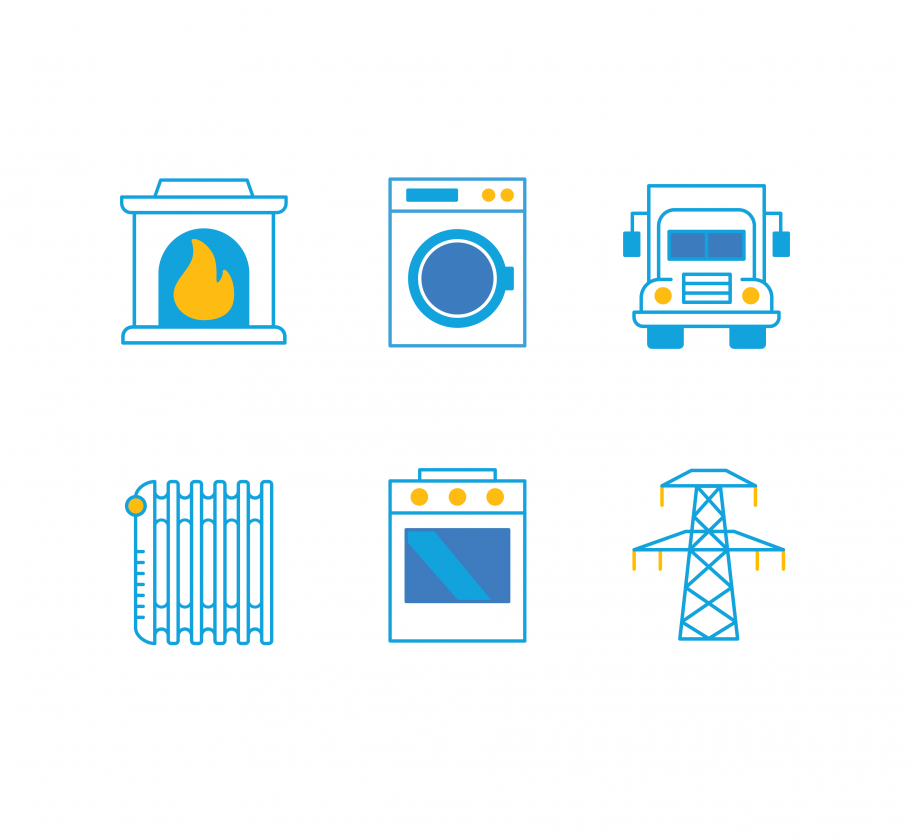
Find LNG here, there,
and everywhere!
What is liquefied natural gas (LNG) used for? Do you regulate the temperature at your home or office with a heater or air conditioner? Use a washing machine and dryer to clean your clothes? Charge your phone? These are just some of the myriad activities we do every day that natural gas can make possible.
Fun Fact: Liquefied natural gas (LNG) is much lighter than water by volume, and will vaporize if spilled in water, leaving behind no harmful residue!7
